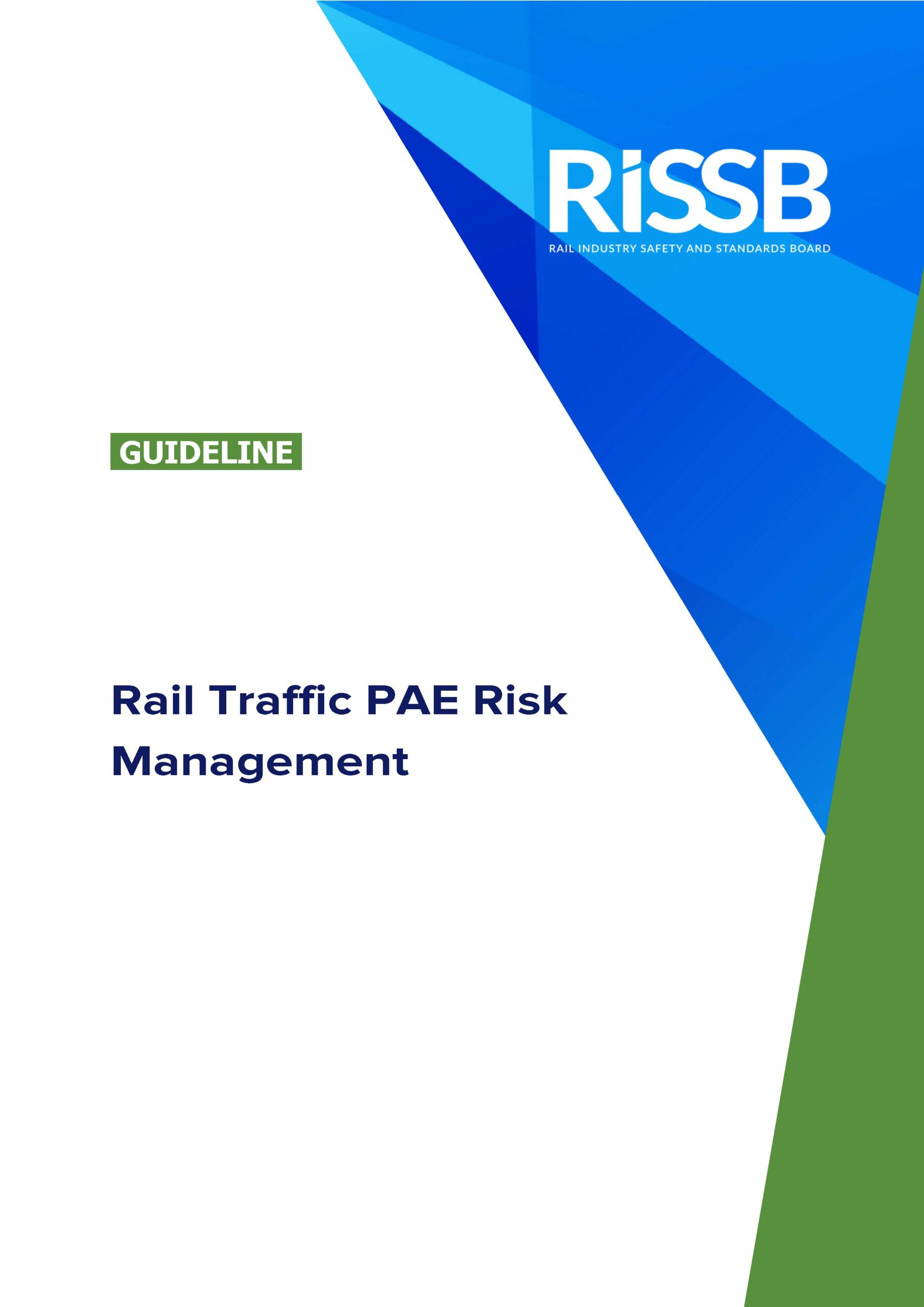The Guideline is designed to be used by RTOs by providing insight into the causes of PAEs and giving examples of good practice in relation to their management and prevention. While this Guideline does not seek to consider every circumstance in which a PAE could occur and to describe the many forms of risk mitigation, the information herein may be used by RTOs to identify and implement good practice.
Frequently asked questions
The Guideline is designed to be used by RTOs by providing insight into the causes of PAEs and giving examples of good practice in relation to their management and prevention. While this Guideline does not seek to consider every circumstance in which a PAE could occur and to describe the many forms of risk mitigation, the information herein may be used by RTOs to identify and implement good practice.
- Focuses on PAE risk as part of the overall safety management system (SMS)
- Delves into the human factors considerations behind PAE occurrences
- Promotes thorough investigation into causal factors and ongoing review and update of SMS
This review has taken a well-resourced document and made it more contemporary and indicative of the rail industry today. The following key changes have been made:
- Purpose and Scope redefined
- Human Factors was a larger focus with more current knowledge and application in rail discussed to help inform users of the Guideline
- Modernised the content to align with the SMS requirements expected of ONRSR
- Alignment of current terminologies
- Update of the SPAD examples given – updated to more recent and local events to connect with end users and prompt organisations to review their own SMS/processes
The objective of this product is to inform and prompt consideration of organisational PAE risk which would in turn lead to a review of existing safety management systems and processes.
Reducing PAE occurrences leads to overall improved safety performance and can prevent significant or fatal incidents from occurring.
- Exceeding limit of authority
- Fatality or significant injury
- Collision
It is recommended that users review the content and understand the PAE risk that exists in their own organisation and that a review and assessment of their own SMS is conducted.
Receive Updates
Click the button below to register for product updates
Register Now



